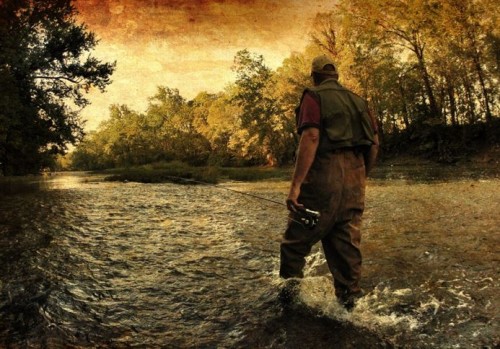The Benefits Of Chewing Gum In A Survival Situation
It has been demonstrated that chewing gum can do wonders for both the memory and the ability to concentrate. There are caffeine-based chewing gums that are best suited for the job, but any sort of gum will do well too. An NBC report has shown that chewing is in direct correlation with memory enhancement and improved test scores, due to the increase of physiological activities like blood flow, blood pressure and heart rate.


